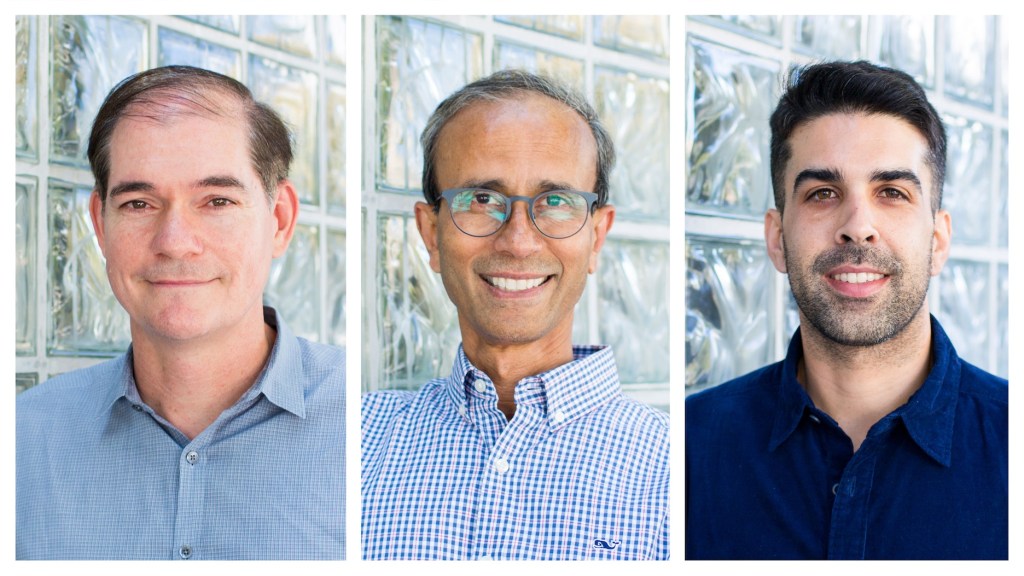
When early SpaceX engineer Bulent Altan and long-time investor Joram Voelklein surveyed the European space sector at the end of the 2010s, they were surprised: It looked a whole lot like the beginnings of American NewSpace in the early 2000s, when SpaceX and other companies were just setting up shop.
The pair decided to go in early on a personal investment in German launch startup Isar Aerospace, but they also considered making a bigger play to more fully grasp the huge opportunity to help grow the space sector in both the U.S. and Europe. To do that, they established Alpine Space Ventures in Munich, Germany in 2020. Four years later, and after two years of fundraising, they closed their first $184 million (€170 million) fund — the largest first-time VC fund dedicated to space globally.
Their LPs include more than 20 early SpaceX employees, as well as major institutions like the European Investment Fund, the NATO Innovation Fund and others. The capital is earmarked for no more than 10-15 investments (five of which have already been made), with check sizes up to $5.4 million (€5 million), with significant dry powder reserved for follow-on rounds. Around 70% of the fund is earmarked for European companies, but the firm is very much interested in both sides of the Atlantic, Altan said.
The strong ties to SpaceX are evident in the firm’s philosophy, which Altan outlined in a recent interview. “We are very much aligned with what SpaceX has done, and we are investing in the wake of it,” he said. “SpaceX has opened up a huge satellite sector […] so you look at our portfolio, you see component builders, you see satellite builders, really people who are benefiting from SpaceX. We are staying away from the really long-term stuff, and we are probably staying away from direct competition to the 800-pound gorilla in the room, which is SpaceX.”
Alpine’s thesis is that as the space industry grows, and as more non-space companies look to benefit from access to space, there will be less of a need for any particular space company to completely vertically integrate. Instead, a supply chain will grow, similar to that in the automotive industry. The firm sees telecommunications and Earth observation as two markets that will drive the demand for things like satellite buses and components.
As it stands now, that portfolio consists of five companies (though the firm has received almost 1,000 pitches in the last two years, Voelklein said). They include K2 Space, a Los Angeles-based startup that has not been shy about its ambitions to build massive satellites for a Starship-enabled future, and German satellite builder Reflex Aerospace.
Voelklein credits much of the thesis to the team’s strong technical background: “We see missing links in the value chain,” he said. “That’s something that you only can do with this type of team.” The engineering-heavy background is evident: Alpine Space’s technical director is Catriona Chambers, an accomplished engineer whose 16-year stint at SpaceX included leading avionics for Starship, and its technical advisor is Hans Koenigsmann, who became the fourth technical employee of SpaceX in 2002.
Despite its considerable advantages, space is a unique sector with its own particular challenges for venture investing. While many companies may promise large technical moats, valuable IP and lasting physical assets, identifying those that will close on a typical 10-year fund cycle can be difficult.
Aligning technical promise and venture timelines “is the toughest part,” Altan said. “In order to do that, you have to come from the industry, you have to have understood where space is going. That’s why I think we were able to convince our investors to really go the distance with us.”
There are some aspects to NewSpace that have been normalized by SpaceX and others, but still might strike people as strange, if not downright irresponsible — like, for example, that a rocket blowing up in mid-air can still be cheered as a success, or that a first-time orbital demonstration of a novel satellite will more than likely have some hiccups. Part of Alpine’s job, both with politicians and prospective LPs, is educating them about the space industry’s new attitude of rapid hardware iteration.
The other main hurdle for anyone investing in deep tech is the fact that companies often require a lot of upfront capital. Space startups in the U.S. often use funding vehicles offered by the Department of Defense and NASA to move their tech from R&D to MVP, and more mature companies (like SpaceX) have benefited from enormous contracts that help spur innovation and bring new capabilities to the nation. Europe is just starting to follow suit and it’s likely imperative for the indigenous space sector that it does.
“Even though there is a partnership between U.S. and Europe — and we love that partnership — a good partnership also means being able to come also to the table with your own capabilities, and Europe is realizing that,” Altan said.
It took longer than anticipated to close the fund, in part due to geopolitical events like the war in Ukraine and the end of the zero-interest rate phenomenon, Altan said. “But in the end, our target mark was always €160 million and we surpassed that. So it took longer than we thought, but it was also a good thing.”







